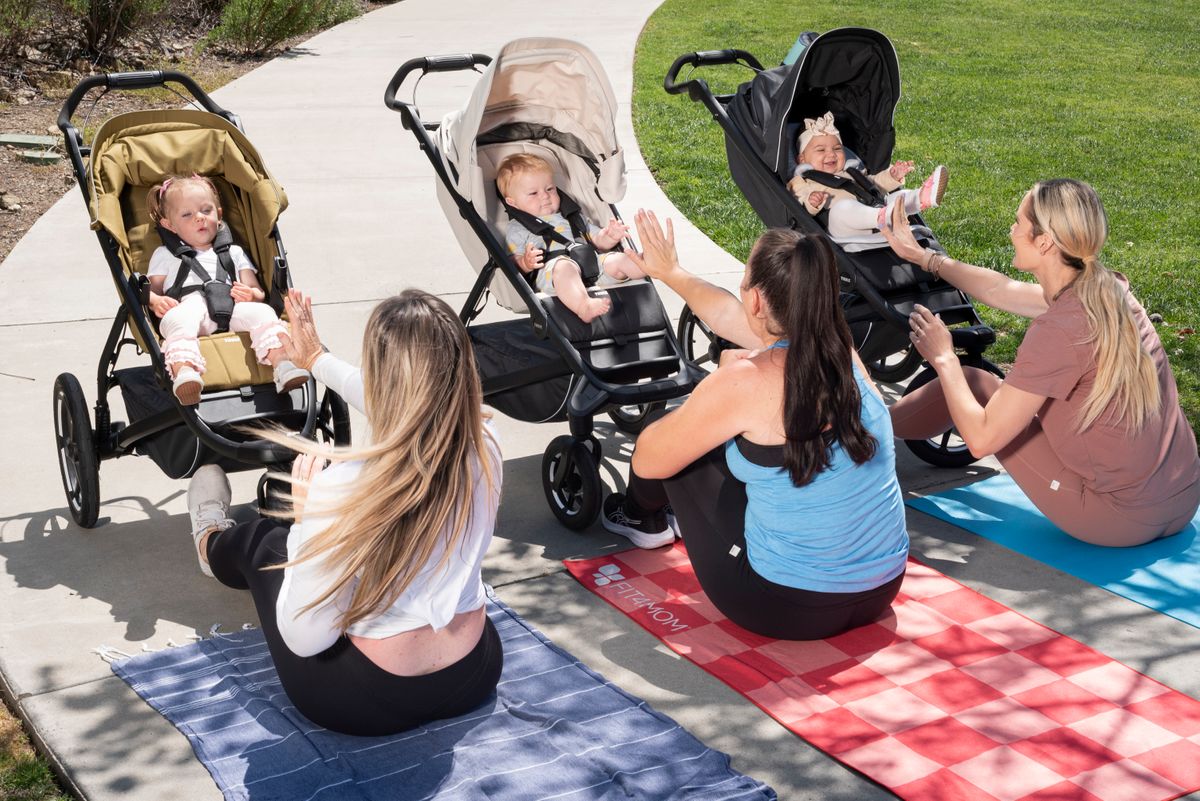For many moms, getting back to exercise after having a baby is an exciting milestone—a chance to reconnect with your body, boost your mood, and feel strong again. But postpartum recovery is not a one-size-fits-all process, and jumping back into your favorite workouts too soon can lead to setbacks instead of progress.
At MiraSol Pelvic Health Physical Therapy, we help moms return to movement safely and confidently by rebuilding a strong foundation first. Knowing the signs that your body is ready—and what to avoid—can make all the difference in your long-term health and fitness.
Why You Shouldn’t Rush the Process
Pregnancy and birth—whether vaginal or C-section—place a tremendous demand on your core and pelvic floor. Hormonal changes, stretched tissues, muscle imbalances, and altered posture don’t resolve immediately after delivery. Rushing into high-impact workouts or intense core exercises too soon can increase the risk of:
· Pelvic floor dysfunction (like leakage, heaviness, or prolapse)
· Diastasis recti worsening
· Low back, hip, or joint pain
· Overuse injuries from poor movement mechanics
Instead, the focus in the early postpartum period should be healing, reconnecting, and gradually rebuilding.
Signs You’re Ready to Return to Exercise
Every mom’s timeline is different, but here are signs that your body may be ready to begin more structured or challenging movement:
· Your bleeding has stopped and you’ve been cleared by your provider (usually around 6 weeks)
· You can perform basic core and pelvic floor engagement without pain, bulging, or leaking
· You no longer feel heaviness or pressure in your pelvic floor during daily activities
· You can walk, stand, lift, and move without significant discomfort
· Your breathing is coordinated with movement, and you’re not holding your breath
· You feel emotionally and mentally ready to reintroduce exercise
If any of these are still a challenge, pelvic floor physical therapy can help fill the gap between birth and your return to full activity.
What “Returning to Exercise” Should Look Like
Postpartum fitness is about progress, not pressure. Here’s how we recommend approaching it:
1. Start with reconnection—focus on breathwork, pelvic floor coordination, and gentle core activation.
2. Layer in functional movements—squats, bridges, and gentle resistance work that mimic daily life.
3. Monitor symptoms—watch for leaking, bulging, pain, or pressure. These are signs to scale back and reassess.
4. Progress gradually—introduce impact (like running or jumping) only when your foundation is solid.
5. Honor your timeline—it’s okay if your return looks different from someone else’s. Healing isn’t linear.
Whether your goal is lifting weights, joining bootcamp, or chasing your toddler around the park, your postpartum fitness journey should support your body—not fight against it.

